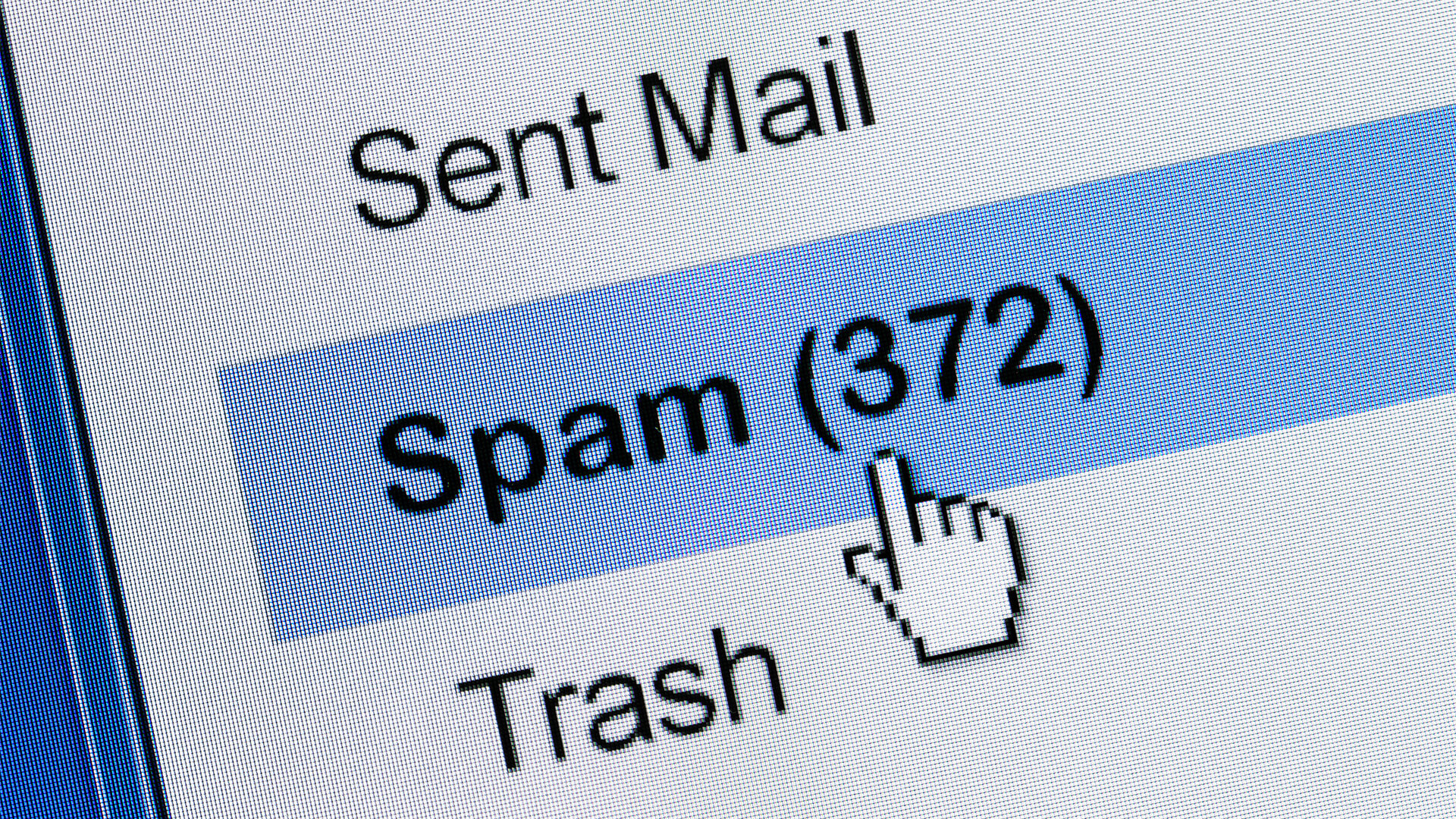What are spam filters?
The easiest way to visualise a spam filter, is to think of a checkpoint where everything coming in has to be checked before being allowed entry. Like how bouncers at nightclubs are looking out for weapons, drunks, even shoes. The spam filter does a virtual pat down of the email to make sure it isn’t malicious or containing viruses. It also removes emails that look like they were sent in bulk unsolicited, from marketing campaigns.
How do they work?
On either send or delivery, the email has to go through thousands of checks against set rules to see if the email passes them. It receives a score that indicates how many points the email has accrued. If the email reaches a certain point score, then it will be marked as spam. Different email providers set their criteria differently so when sending an email, you want to minimise the score as much as possible if you want your marketing emails to get through.
Why do we need them?
We get a lot of emails nowadays, sometimes they are important and sometimes they are not. A spam filter’s job is to remove unwanted emails that are unsolicited and, in some cases, dangerous. They are great tools to filter out emails before you even know about them. Some spam filters can be more sensitive than others and misdirect legitimate emails to the spam folder, this is usually the only time you even see some spam emails. Modern technology has made it easier for us to connect with each other, but it has also made scammers and phishing emails more prevalent. Have you noticed an email from your bank will have a disclaimer at the bottom to the effect of “we will never ask for your pin number or account passwords. If you see something suspicious then report it”? This is because of the increase in scam artists. Spam filters are there to protect you from these emails, even at the cost of some legitimate emails getting wrongfully flagged.
How have them become stricter?
Depending on who you ask, 50-80% of emails sent are spam. Due to the sheer volume of emails being sent and received every day, spam filters have had to become stricter. It is a constant battle where the spammers get better at evading the filter, so the filters become stricter. With these stringent criteria, even the most legitimate emails are being forwarded to spam. Here are a few things spam filters look for.
Metadata
Metadata is essentially the data left over about the data itself. It is like the code behind the formatting. The easiest way to explain is when you send an email to someone, you would address it to that person. If you are addressing it to the mailbox or generically, the spam filter will flag this. When you sent marketing emails, use merge tags that allow you to bulk send emails, but adds the recipient’s name.
The body and Subject
They have added more verification checks such as scanning for the language used, the spelling and grammar, and targeted key phrases. The spam filter will check the subject and body for words that relate to spam, this can also include sales type language.
IP address
If you have been sending out email after email to a large number of recipients, there is a high chance some may have marked your email as spam. This then places a mark against your IP address so when an email comes from that IP in future, it goes straight to spam.
What is domain verification?
When you use software to broadcast your emails out in bulk to your audience, the software uses your email address so the recipients only see you and not the software. The spam filter will still know it’s coming from a marketing email software, so you need to add a small text record to your own domain name that adds a level of authenticity. This can help the spam filter understand that your email is safe.
If you’re looking for spam filters and the best email marketing guide, why not check out Email Blaster’s email marketing guide?







